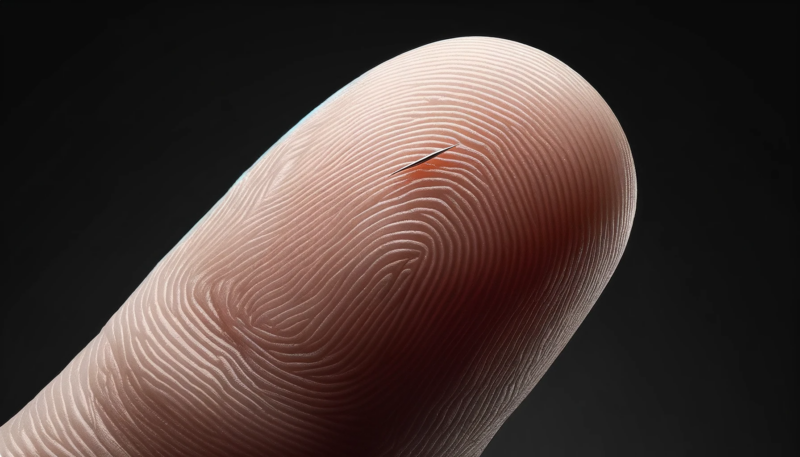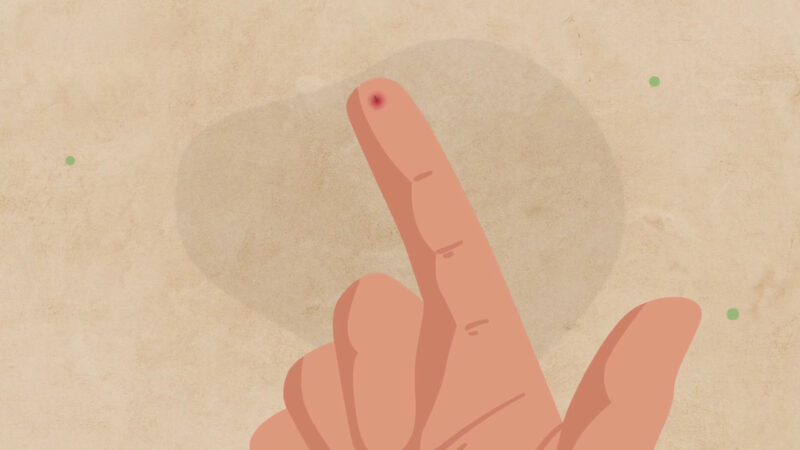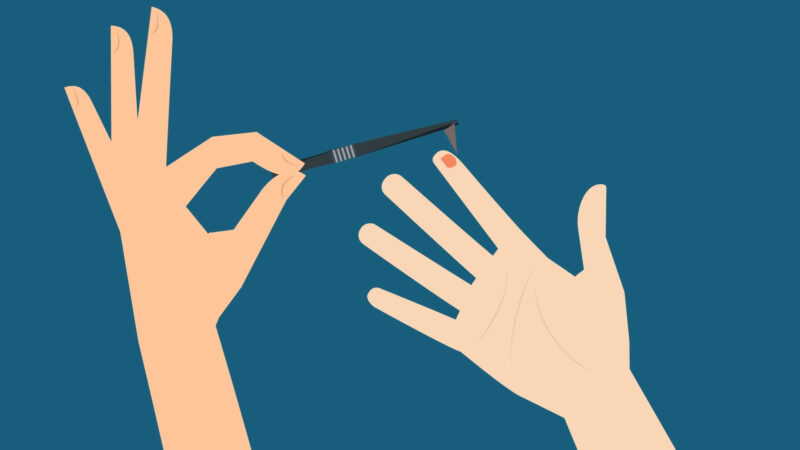Splinters can be a minor yet painful annoyance. Whether you’re a seasoned DIY enthusiast, an adventurous child, or anyone who’s had the misfortune of encountering a stray piece of wood or metal, you’ve probably faced the challenge of removing them.
This guide will provide you with practical, safe, and effective methods to remove splinters, along with essential aftercare advice to prevent infections.
Types of Splinters

Splinters are foreign objects, typically wood, glass, metal, or plastic, that penetrate the skin. Their size and material significantly influence the removal technique and the urgency of seeking medical attention.
Risks of Ignoring the Issue
Ignoring a splinter can lead to infection, pain, and, in rare cases, more severe complications. It’s crucial to address splinters promptly.
Preparing for Removal
Gathering Necessary Tools
Before attempting to remove a splinter, gather a few essential tools:
- Tweezers
- Needle
- Antiseptic solution
- Magnifying glass
- Clean cloth or bandage
Sterilization
Sterilize the tweezers and needles using rubbing alcohol or boiling water to prevent infection.
Wash Your Hands and the Affected Area
Clean your hands thoroughly and gently cleanse the affected area with soap and water.
Removal Techniques
For Visible, Superficial Splinters
Using Tweezers
- Grasp the end of the splinter with sterilized tweezers.
- Pull it out gently in the same direction it entered the skin.
Tweezer-Free Method
If the splinter is partly out, you can use adhesive tape to gently pull it out.
For Deep Ones
Needle Technique
- Sterilize a needle.
- Use the needle to gently break the skin above the splinter.
- Lift the splinter enough to be able to grasp it with tweezers.
Baking Soda Method
- Mix baking soda with water to create a paste.
- Apply the paste to the splinter area.
- Cover with a bandage for 24 hours. The splinter may come to the surface.
Special Cases
Glass
Glass splinters require delicate handling due to their breakable nature. If the splinter is large or deeply embedded, seek medical help.
Metal
Metal splinters, especially rusted ones, pose a risk of tetanus. If you haven’t had a tetanus shot in the last ten years, consult a doctor.
Aftercare
1. Clean the Area
Once the splinter is removed, clean the area again with an antiseptic solution to prevent infection.
2. Apply Antibiotic Ointment
A small amount of antibiotic ointment can aid in healing and further reduce the risk of infection.
3. Bandaging
If necessary, cover the area with a clean bandage to keep it protected.
When to Seek Medical Help
Signs of Infection
If you notice redness, swelling, increased pain, or pus, these are signs of infection. Seek medical attention.
Difficulty in Removal
If the splinter is too deep, too painful to remove, or if you’re unable to remove it completely, it’s essential to consult a healthcare professional.
Special Considerations
People with diabetes, weakened immune systems, or those who haven’t had a recent tetanus shot should be more cautious and consider seeking medical advice.
Prevention
Protective Gear
Wear gloves, long sleeves, and other protective clothing when handling materials prone to splinters.
Regular Maintenance
Regularly sand and maintain wooden surfaces and objects to reduce the risk of splinters.
Myths vs. Facts
Myth: Leaving a splinter in will cause it to come out on its own.
- Fact: While some splinters may work their way out over time, most need to be removed to avoid infection.
Myth: All splinters can be removed at home.
- Fact: Deep or particularly painful splinters, especially those made of glass or metal, should often be assessed by a healthcare professional.
Myth: You should always squeeze the skin to remove a splinter.
- Fact: Squeezing the skin can push it deeper and should be avoided. Use sterilized tools for safe removal.
Tips for Safe Splinter Removal

1. Be Gentle
Avoid using excessive force, as this can break the splinter into smaller pieces, making it harder to remove.
2. Use Proper Lighting
Good lighting and, if necessary, a magnifying glass can help you see the splinter better.
3. Keep Calm
Especially when helping children, staying calm and reassuring them can make the removal process smoother.
4. Monitor for Signs of Infection
After removal, watch the area for any signs of infection, such as redness, swelling, or pus.
5. Update Tetanus Vaccinations
Particularly with metal splinters, ensure your tetanus vaccinations are up to date.
Incorporating Professional Advice
Consult with a Healthcare Provider
If you’re unsure about removing a splinter or its potential complications, it’s wise to consult with a healthcare professional for guidance.
Dermatologists and Splinters
For complicated cases, a dermatologist can provide specialized care and advice.
Pediatric Considerations
For children, always consider seeking medical advice as their skin is more delicate and they may not cooperate fully during the removal process.
FAQs
Can I remove a splinter using tape?
Yes, for superficial ones, adhesive tape can sometimes be effective. Press the tape over the splinter and then gently pull it off, which may bring it out.
Is it safe to use a needle to remove a splinter?
Yes, but ensure the needle is sterilized first. Use the needle to gently expose enough of the splinter so that it can be grabbed with tweezers.
How long should I wait before removing a splinter?
It’s best to remove it as soon as you notice it to avoid infection and other complications.
What should I do if a splinter causes severe pain?
If removing it is too painful or if it’s located in a sensitive area (like the eye), seek medical attention immediately.
Can I use oil or glue to remove a splinter?
No, using oil or glue is not recommended. These substances can make the area slippery, making it harder to remove it and possibly leading to further skin irritation.
Should I soak the affected area in water before attempting removal?
Soaking the area in warm water for a few minutes can soften the skin and make the splinter easier to remove, especially if it’s wood.
Can I use a magnifying glass during removal?
Yes, a magnifying glass can help you see the splinter better, especially if it’s small or difficult to locate.
What if the splinter is under a fingernail?
If it is under a fingernail, it can be tricky. If you can’t easily access it with tweezers, it’s best to seek medical help.
How can I prevent my child from getting splinters on playgrounds?
Ensure they wear appropriate clothing, such as shoes and gloves, and supervise them in areas with wooden structures or where splinters are common.
Is it safe to remove a splinter with my teeth?
No, using your mouth to remove it is not safe or hygienic. It introduces bacteria from your mouth to the wound and is not effective.
Final Words
Removing a splinter requires patience, the right technique, and a keen eye for signs of infection. Remember, when in doubt, especially in the case of deep or painful splinters, seeking medical advice is always the best course of action.
Stay safe and keep these tips in mind for a pain-free, splinter-free experience.
